Wholesale Pet Food Pallet
$600.00
Status: Available in Various Top Pet Food Brands Like Blue Buffalo, Orijen, Royal Canin, Best Breed, Purina Pro Plan, Tiki Cat, Hills etc
Condition: Brand new
Quantity Per Pallet:150 Units (75 Units Of Dog Food and 75 Units of Cat Food)
Shipping Area: Worldwide
Pallet Cost: $600
Overview of Pet Food Pallets
The wholesale market for pet food has become a vital resource for retailers looking to stock high-quality products at competitive prices. An overview of pet food pallets reveals that these pallets typically consist of bulk quantities of pet food sourced from overstock, returns, or liquidation sales from various manufacturers. By purchasing these pallets, businesses can access a diverse range of pet food items, including dry kibble, wet food, and treats for dogs and cats, all while benefiting from significant cost savings.
Types of Pet Food Pallets Available
When examining the types of pet food pallets available, retailers will find a wide selection that caters to different dietary needs and preferences. Common offerings include pallets containing grain-free options, organic products, and specialized diets for pets with allergies or sensitivities. Additionally, many pallets may feature a mix of brands, allowing retailers to offer popular choices alongside premium options. Understanding the variety of products included in these pallets is crucial for retailers as they curate their inventory to meet the demands of their target market.
Benefits of Buying Pet Food Pallets
One significant benefit of buying pet food pallets is the potential for substantial cost savings. Retailers can acquire high-quality pet food at prices much lower than those found in traditional retail settings. This cost advantage enables businesses to increase profit margins while offering competitive prices to consumers. Furthermore, wholesale pallets often include a mix of popular brands and types, allowing retailers to attract a broader customer base and respond quickly to changing market demands. This flexibility is particularly beneficial during peak shopping seasons such as holidays or special promotions.
How to Source Quality Pet Food Pallets
To successfully navigate the wholesale pet food market, it is essential to know how to source quality pallets. Retailers should prioritize finding reputable suppliers who specialize in liquidation or wholesale distribution. Online platforms, trade shows, and industry events can serve as excellent resources for identifying trustworthy vendors. Additionally, it’s advisable to request detailed descriptions or manifests of pallet contents before making a purchase. Ensuring that the quality meets customer expectations is vital for maintaining a positive reputation and encouraging repeat business.
Market Trends
Staying informed about market trends in pet food pallets is crucial for retailers looking to remain competitive. Recent trends indicate a growing demand for natural and holistic pet foods as consumers become more health-conscious about their pets’ diets. Brands that offer high-protein formulas or sustainably sourced ingredients are gaining traction among eco-minded shoppers. Additionally, there has been an increase in interest for subscription services that deliver pet food directly to consumers’ homes. By aligning inventory with these trends, retailers can better meet consumer preferences and drive sales while enhancing their brand image.
Pricing Strategies for Reselling
Once retailers have acquired their inventory through wholesale pallets, they must consider effective pricing strategies for reselling pet food pallets. Competitive pricing is essential; however, it’s equally important to ensure that prices reflect the quality and brand value of the items being sold. Retailers should analyze competitor pricing while considering factors such as shipping costs and potential discounts when setting their prices. Offering bundle deals or loyalty programs can also entice customers and increase sales volume.
Legal Considerations in Reselling
In addition to pricing strategies, understanding the legal considerations in reselling pet food pallets is vital for any retailer entering this market. Retailers must ensure that all products comply with safety regulations specific to pet food. This includes adhering to labeling requirements regarding ingredients and nutritional information while ensuring that products are not expired or counterfeit. Failing to meet these legal obligations can result in significant penalties or product recalls, which could damage a business’s reputation and financial standing.
Packaging and Presentation for Resale
Effective packaging and presentation for resale play a significant role in attracting customers to pet food products. Retailers should consider how these items are displayed both online and in physical stores to create an appealing shopping experience. High-quality packaging that reflects the brand’s image can enhance product attractiveness. Additionally, clear labeling with product features (such as grain-free or organic certifications) helps customers make informed decisions when purchasing pet food.
Customer Demographics
Understanding customer demographics for pet food pallets is crucial for tailoring marketing strategies effectively. Typically, buyers include families with pets seeking affordable yet high-quality options, health-conscious pet owners looking for premium diets, and individuals who prioritize sustainability in their purchasing decisions. Factors such as age, income level, lifestyle preferences, and geographic location can significantly affect purchasing behavior. By conducting market research to identify target audiences and tailoring marketing strategies accordingly, retailers can effectively reach potential customers.
Conclusion
In conclusion, navigating the world of pet food pallets presents numerous opportunities for retailers willing to invest time in understanding this market segment. From knowing the types of products available to implementing effective pricing strategies and ensuring legal compliance, each aspect plays a crucial role in building a successful business model. By staying informed about market trends and focusing on customer needs, retailers can thrive in this competitive landscape while providing quality products that enhance pets’ health and well-being.
Be the first to review “Wholesale Pet Food Pallet” Cancel reply
Related products
PET PALLETS



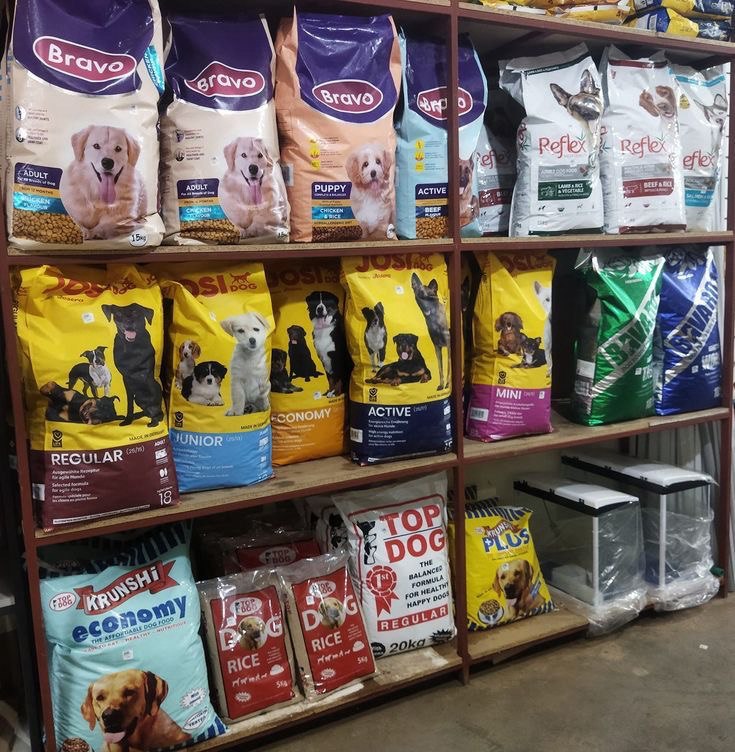


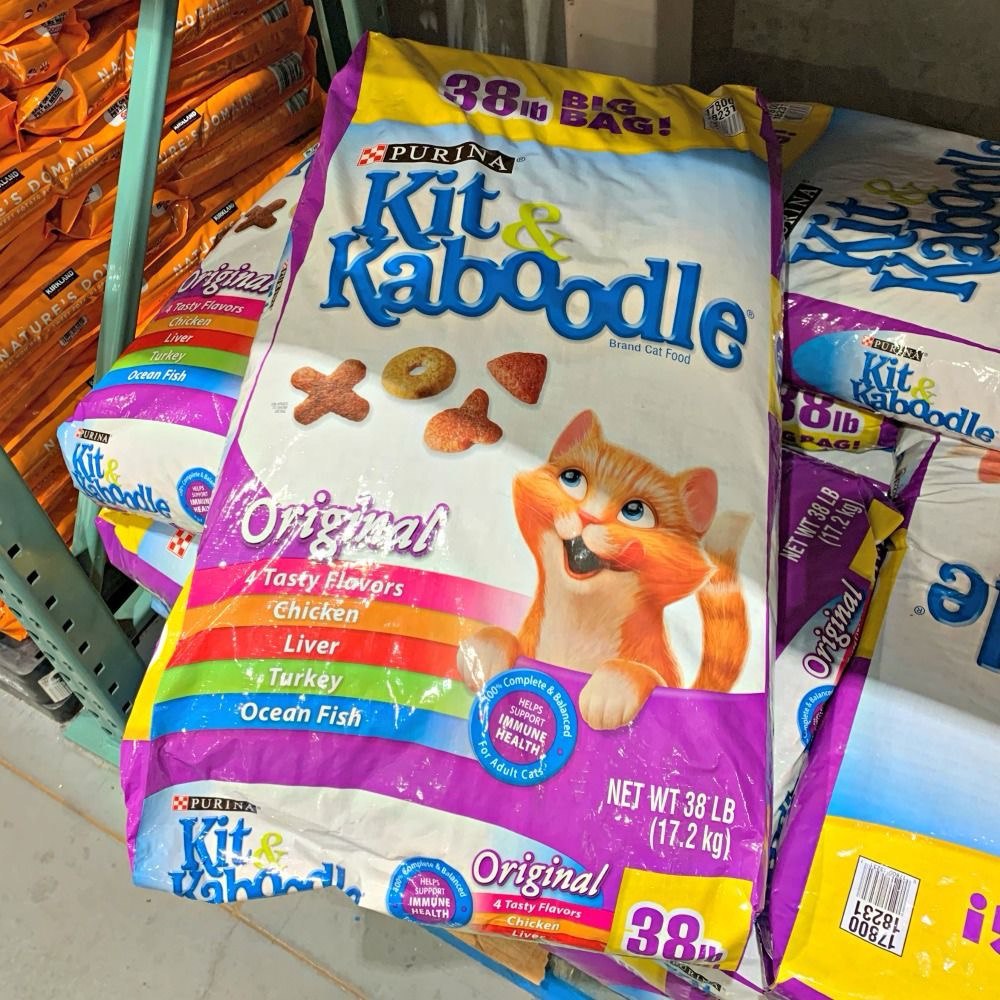
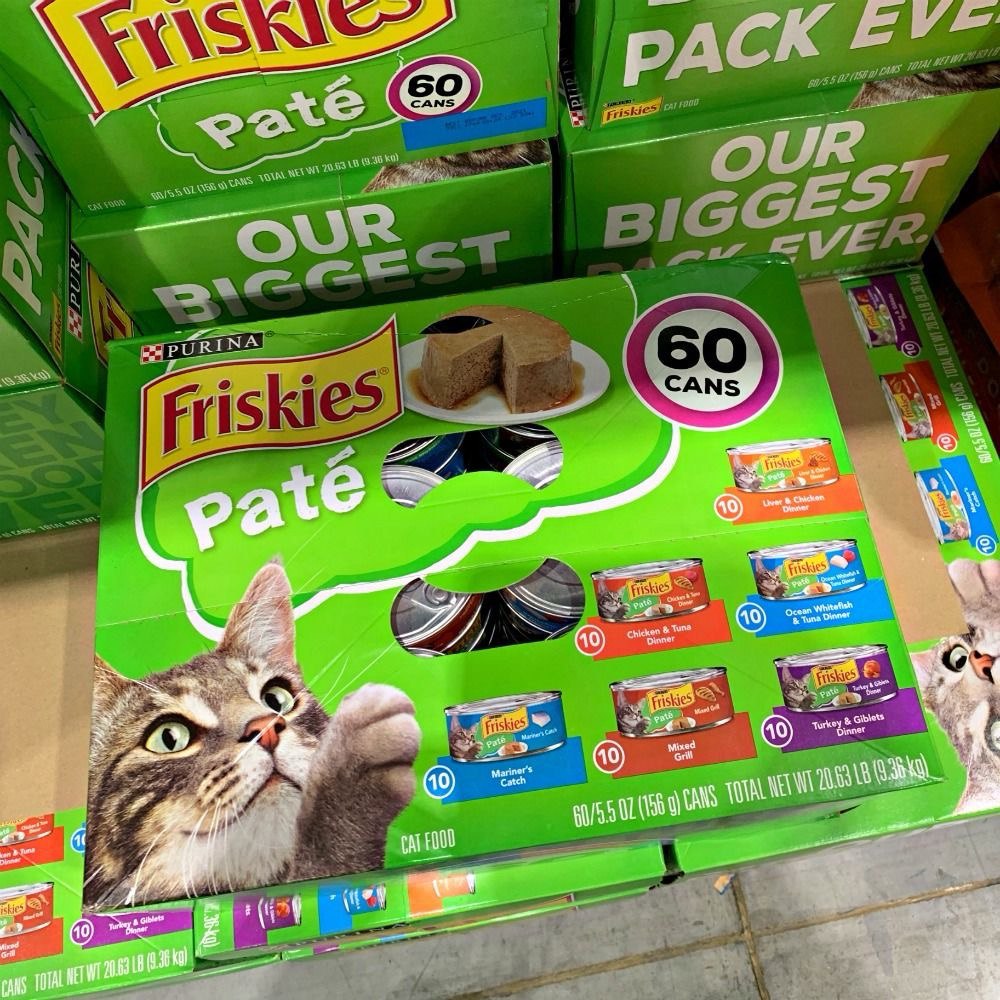
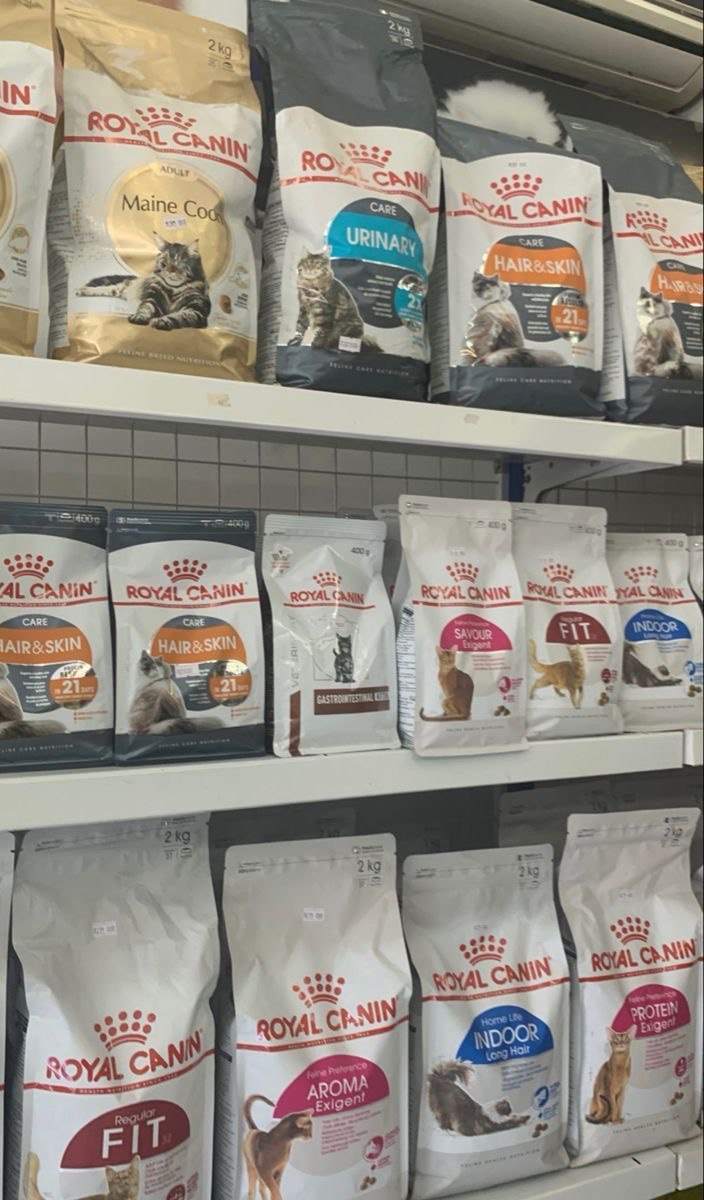
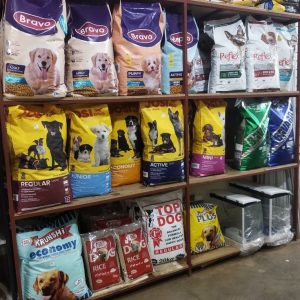
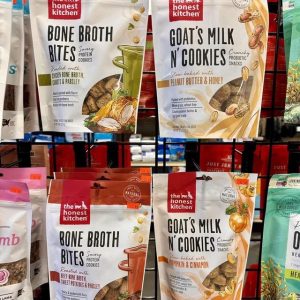




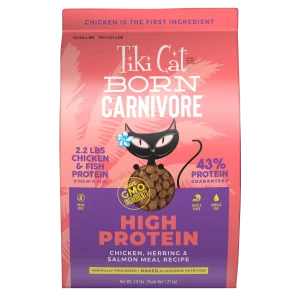

Reviews
There are no reviews yet.